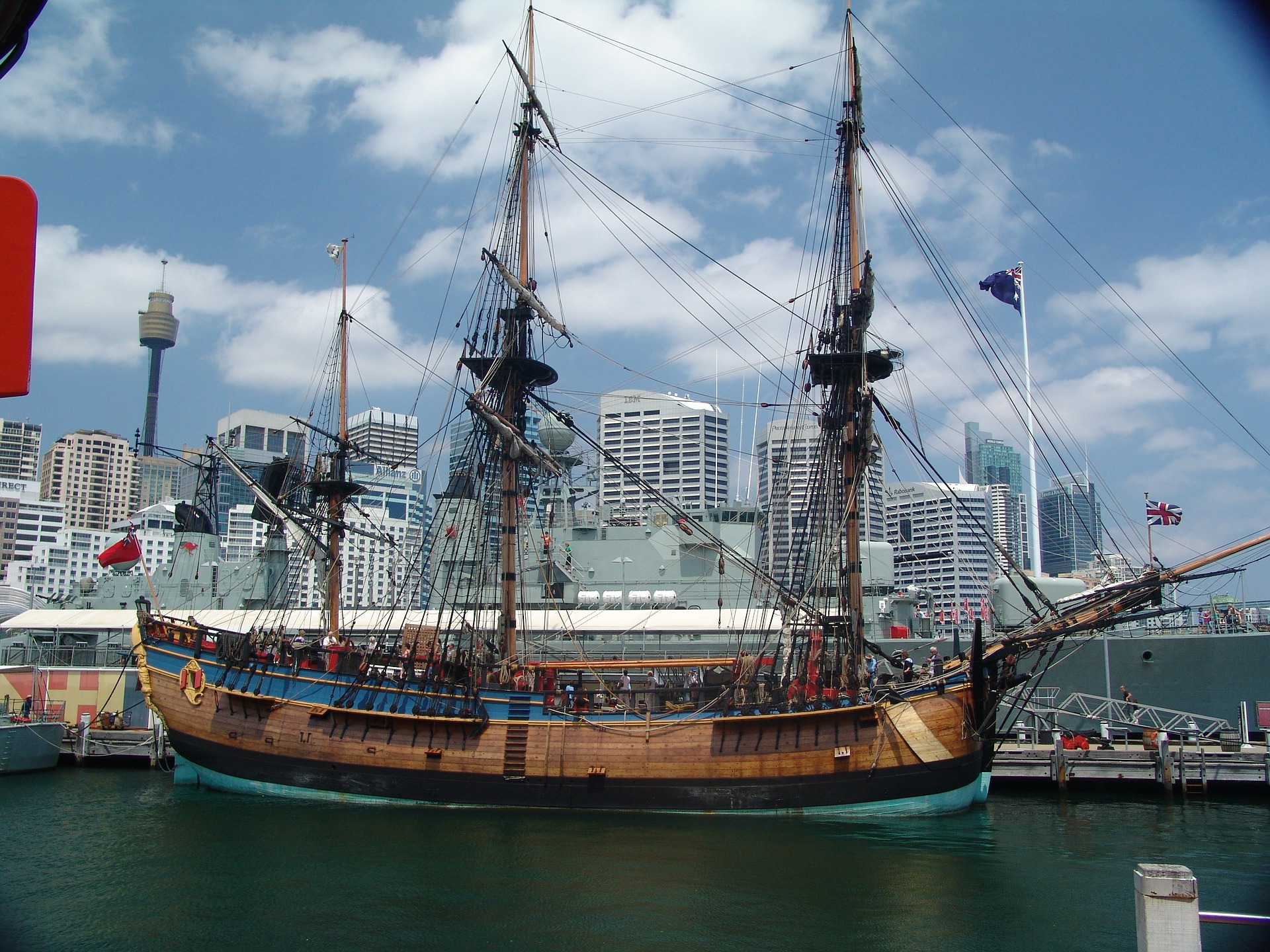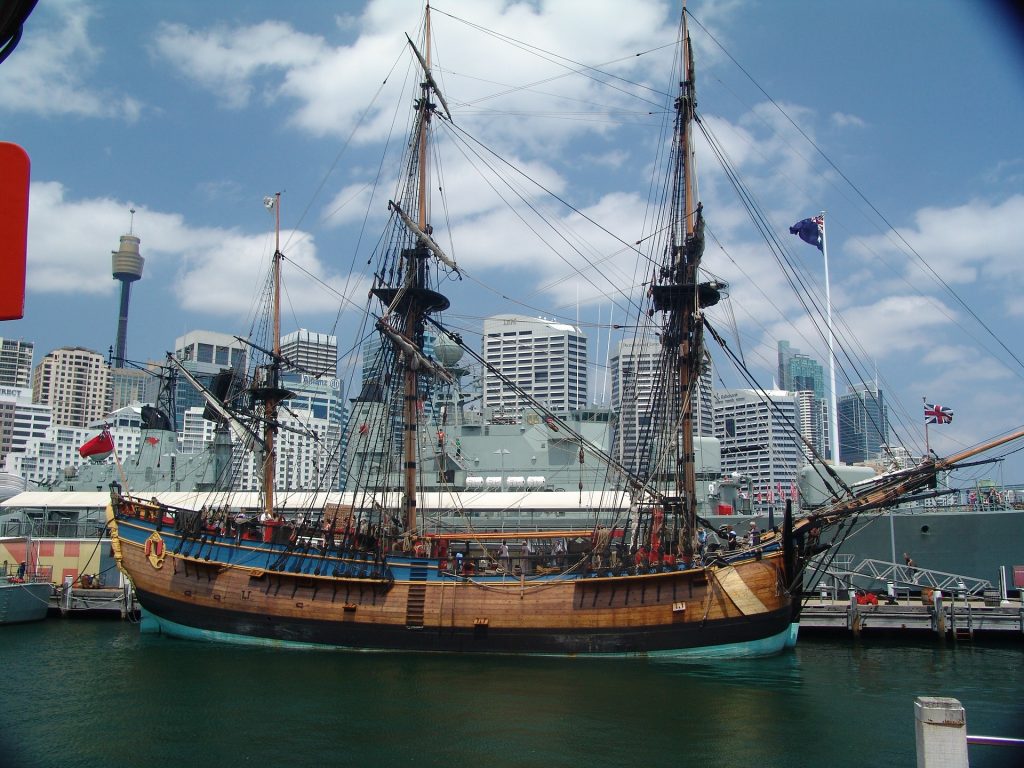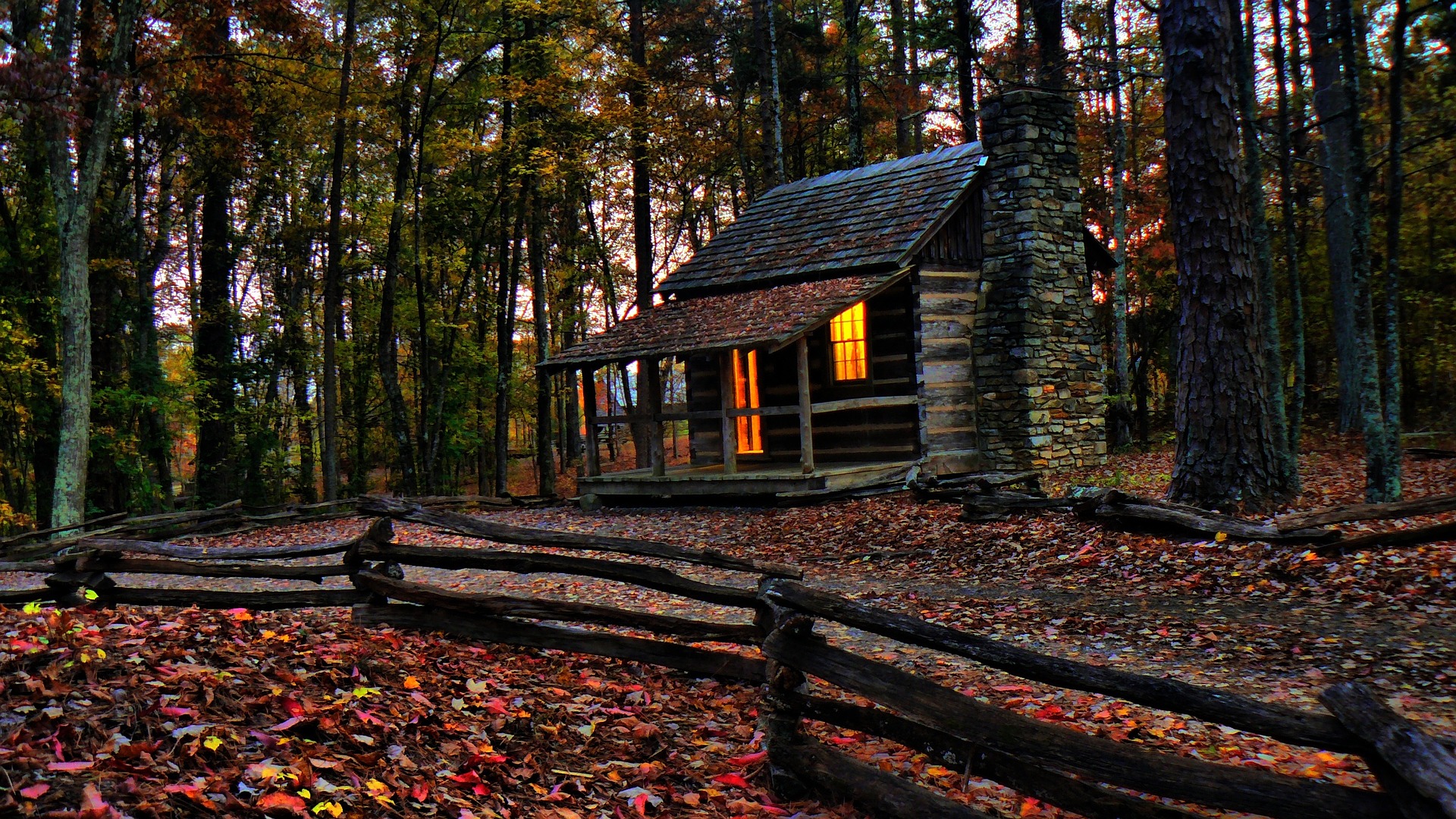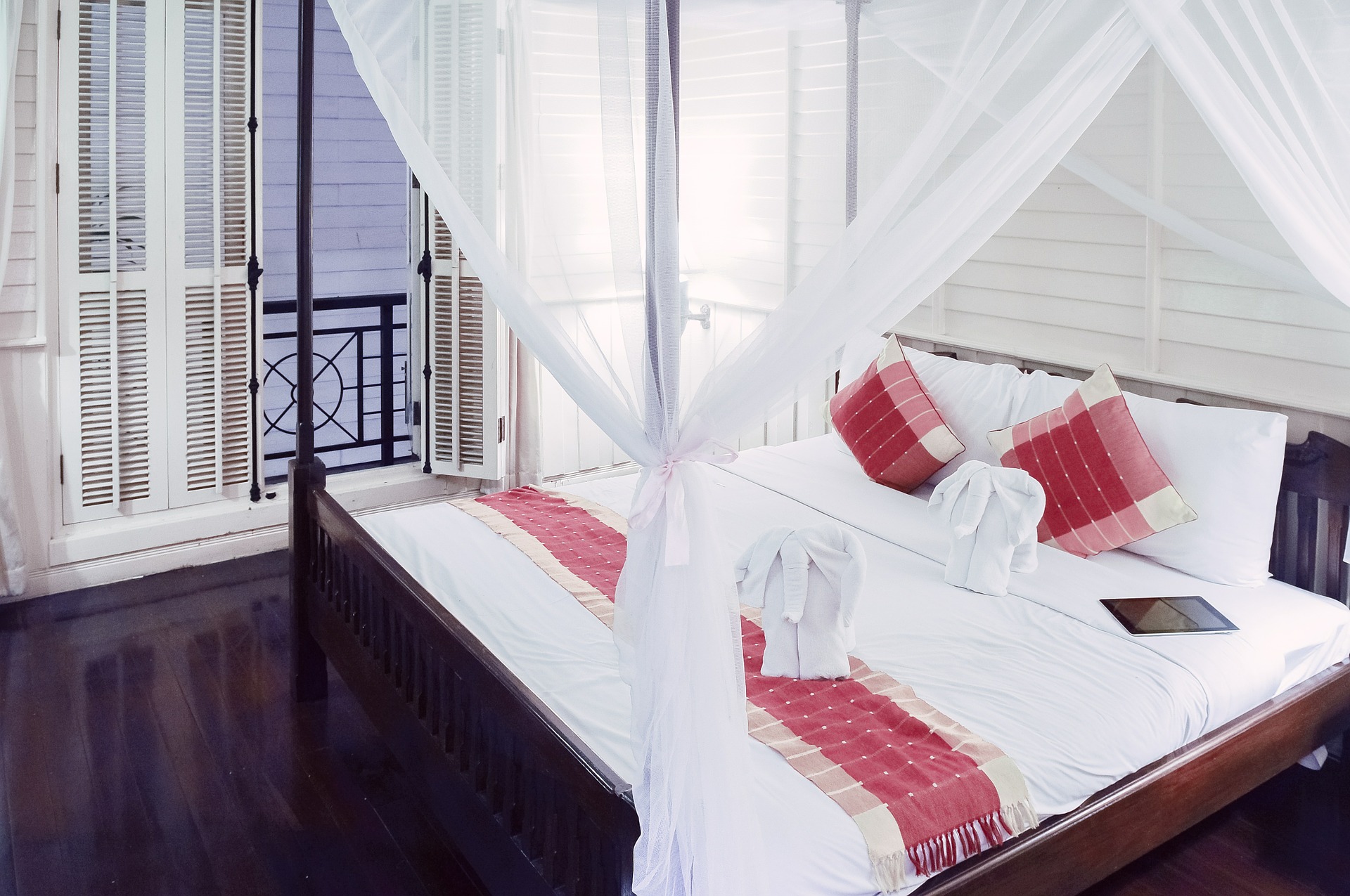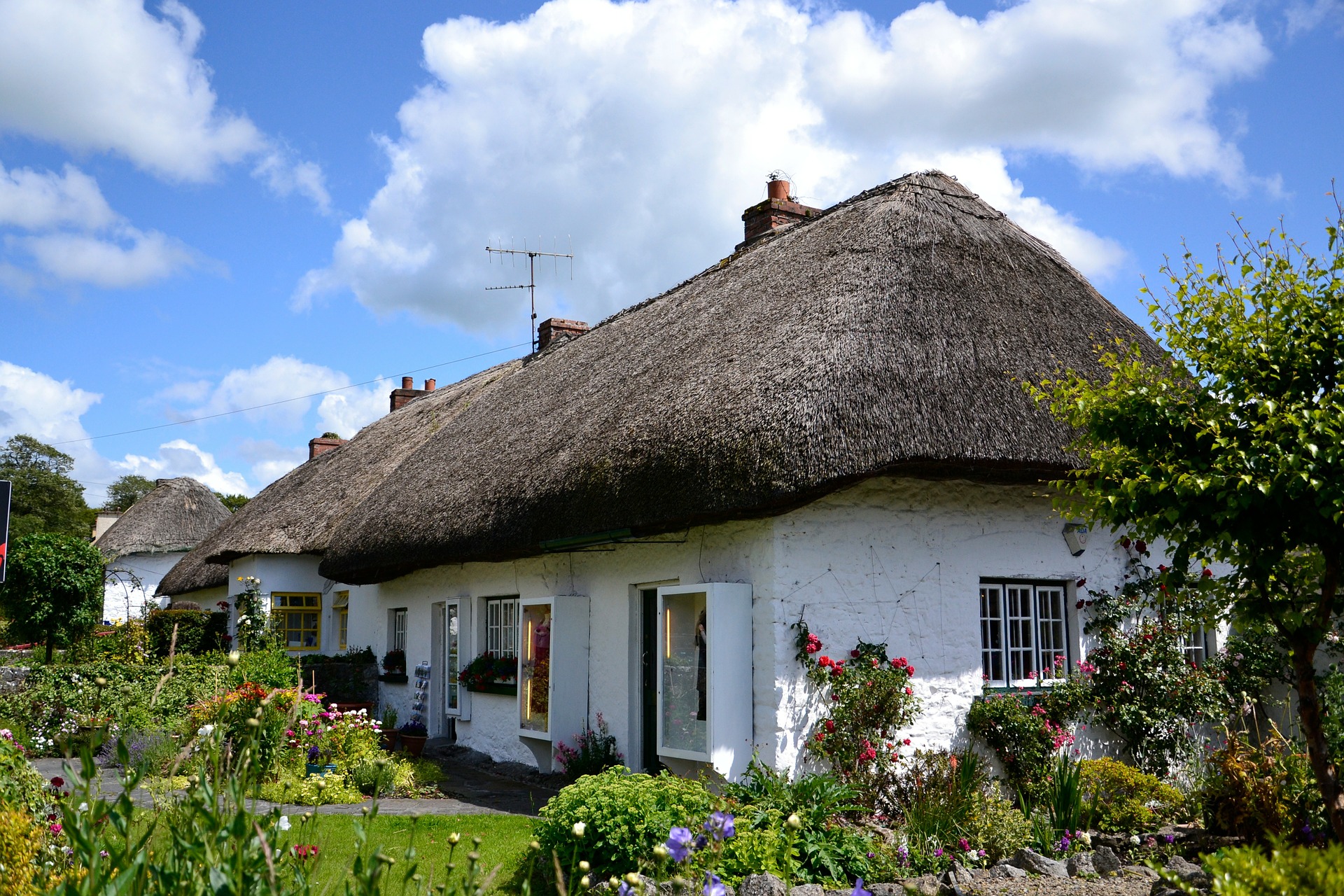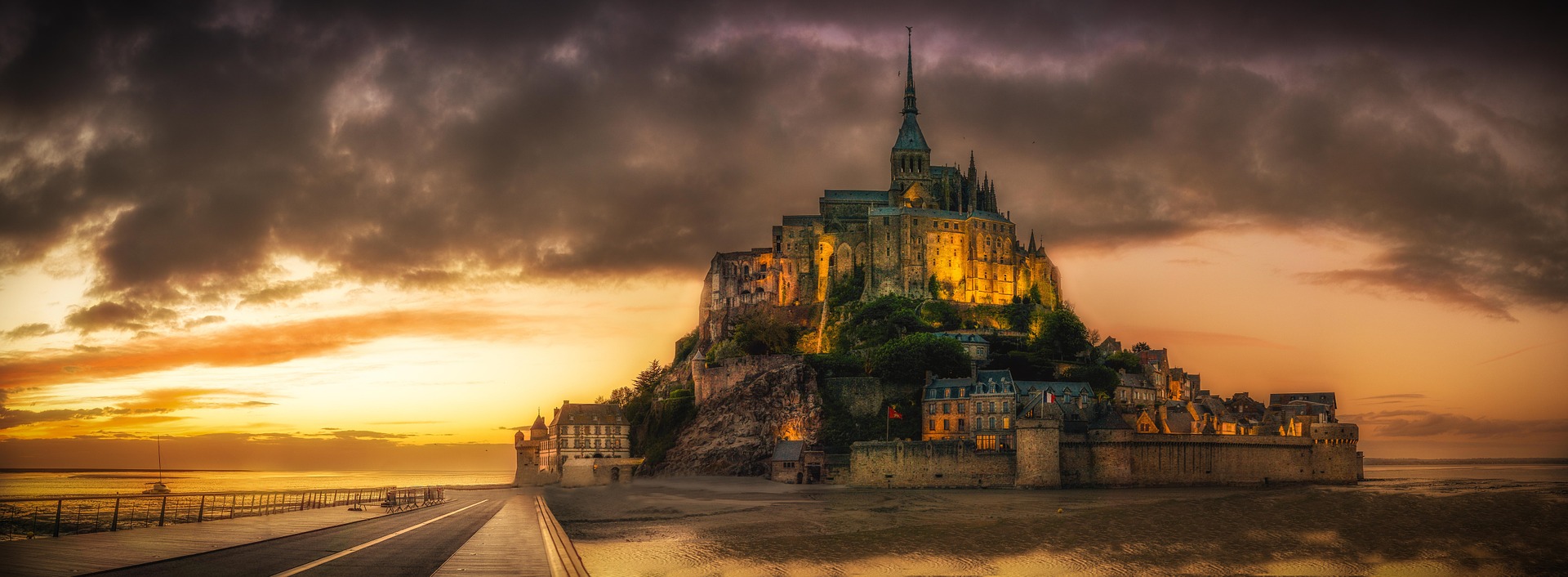The Cottage That Crossed the Ocean
Cooks’ Cottage might sound like a cosy little restaurant, but it is an actual English cottage in which the parents of Captain James Cook, explorer and seaman, lived at Great Ayton in the UK.
As a Captain in the Royal Navy, Cook led an expedition to the Pacific Ocean in 1768 and mapped New Zealand and the South-East coast of Australia. Cook and his crew became the first Europeans to reach those shores and open the way for colonization of the great southern land.
James Cook was born in Marton-on-Cleveland in Yorkshire on October 27 1728. The family moved to nearby Great Ayton in 1736, the original site of Cooks’ Cottage. The exact age of the cottage is not known, but a stone over the door is inscribed ‘CJG (James and Grace Cook) 1755’. If that is the date when the family moved into the cottage, James Cook could not have spent his childhood there, as he was 27 at the time and had just joined the Royal Navy.
Whether Captain James Cook ever lived in the cottage with his parents and seven siblings, or even paid a visit there, is still a matter of controversy among historians. But the association that it has with him is enough to give it historical significance in Australia. It’s not hard to see why Australians are devoted to the man, and in 1934 the nation had a chance to show how much it admired its seafaring hero. It was in 1933 in the UK that Mrs Dixon, the then-owner of the cottage, decided to sell it. An Australian businessman and philanthropist, Sir Russell Grimwade, decided to buy it as a gift for the people of Victoria, his home state, during the first centenary of Victoria in 1934.
Mrs Dixon didn’t want the cottage to leave Britain, as Cook was a hero in his own country as well. But like many a determined entrepreneur before and since, Grimwade made her an offer she couldn’t refuse – £800, more than twice the highest offer in the UK. But even the money wouldn’t have persuaded her if Grimwade hadn’t reminded her of Cook’s ties to Australia, and that “it was still in the Empire.” Assured of this, the Dixon family were happy to change the clause that the cottage should not leave England, to the empire.
Once the cottage was in his possession, Grimwade set about the task of dismantling it and transporting it across the International Date Line to Australia. He had the cottage dismantled, brick by brick, shipped across the ocean on The Port Dunedin and reconstructed in Melbourne’s Fitzroy Gardens, where it stands to this day. An ivy cutting brought from the original site now covers the cottage, and it is like a tiny piece of old England in the bustling city. Grimwade handed over the cottage to the City of Melbourne in 1934, well pleased with the result of his mission.
But if Mrs Dixon was prepared to let the cottage go finally, her neighbors in the village of Great Ayrton were less than thrilled to see their local landmark — and the main tourist attraction — depart. So once again Grimwade plunged into his deep pockets to appease them and built an exact replica of the Cook Monument at Point Hicks in Victoria from the local Yorkshire stone. Even at home in Victoria, not everyone was thrilled with the new acquisition.
A disgruntled correspondent tagged ‘Historicus’ complained in the in The Argus in 1933 that the cottage had been called Captain Cook’s birthplace when it was clearly not; he reminded the public that the hero had in fact left Great Ayton in haste after ‘a little misdemeanor’ which also made it impossible for him ever to return there for fear of being arrested. A headline in the Australian journal Smith’s Weekly stated that Australia had been ‘sold a pup’, as Captain Cook had never lived in the cottage.
However, there is evidence that Captain Cook did visit Great Ayton to see his parents, as noted by local businessman Ralph Jackson in his diary in 1771: ‘Spent all day in Ayton; this afternoon came Capt James Cook (and his wife) whose father lives in that town.’ But whether the cottage was a ‘pup’ or not, it has become one of Australia’s most beloved landmarks, nestled into its green and pleasant home at Melbourne’s Fitzroy Gardens.
In spite of the controversy that surrounded it, the little piece of England attracts up to 200,000 visitors a year. The only connection Captain Cook shared with Melbourne was the sighting of Point Hicks as the Endeavour first came close to Australia’s coastline, but it is agreed that the cottage is well placed there, in this most English of Australia’s cities.
